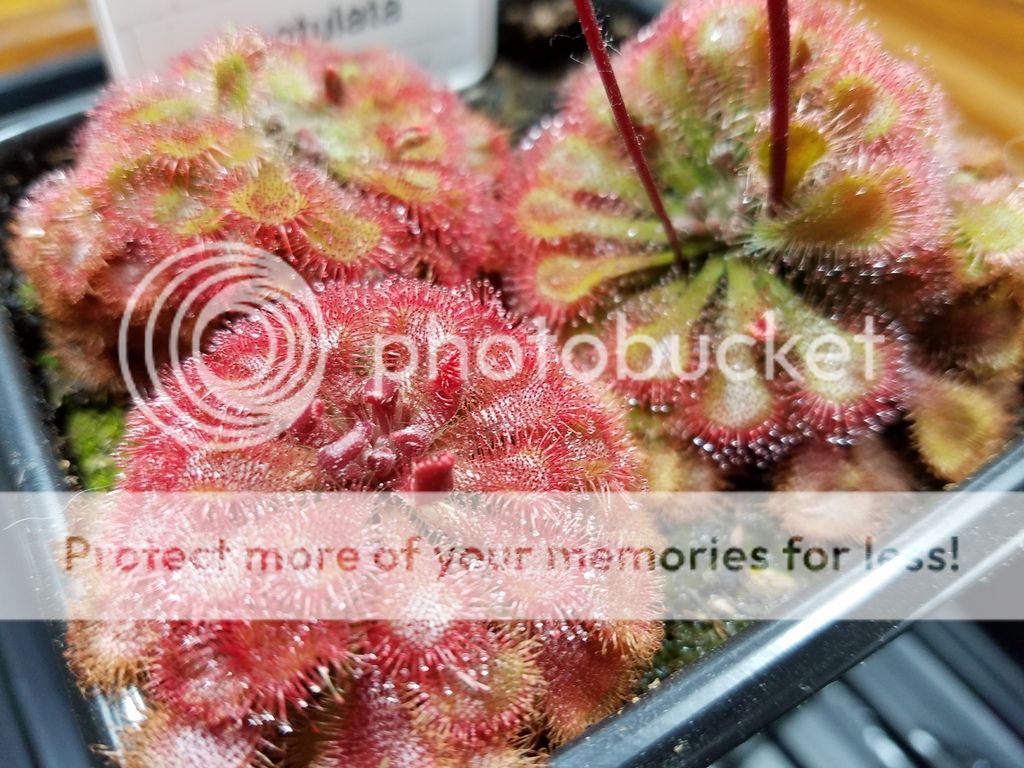Adelaide wrote:
I wan't trying to differentiate between a spat and a spat hybird, my understanding was that he was wholly unsure of the species and there are many rosetted sundew species that can be distinguished if you know what to look for.
I know Adelaide, and I did not mean to point my post towards you, if it did. You know my grammar sucks though so I may have without realizing it. Lol. Actually I only seen the first two posts when I wrote my response.
My point is that any plants within that complex can be nearly impossible to ID. Even the best of the best don't want anything to do with identifying plants within the spatulata/tokaiensis complex or the dielsiana/natalensis complex, because they can appear so similar. Then you start tossing in different growing conditions which can completely change the look of rosette drosera. Then genetics also play a role. I have a pot of cloned spatulata, and two pots of seed grown. The clones look identical to the mother plant, while there's a vast difference with the seed grown plants.
Mom, and the clones. The lighting is throwing the color off a little, but I assure you, you can't tell them apart in real life.

The self pollinated seed growns.

.
Even spatulata's with different locale data can change drastically between locales. I've contemplated on tossing out all rosettes because of this confusion. I'm a pretty well organized person and this drives me insane. Lol.
My last point was because some one on here will jump in and say yes (definitely), that's a spatulata without having even read the description of the plant. I've seen it time and time again, even with seedlings that have four or five carnivorous leaves.
If you want the most accurate ID possible you need to get a clear close up pic of the flower, then a super magnified pic of the seed, like a 100x magnification. That will more than likely get you as close as you'll get to a solid ID.
http://www.flytrapcare.com/phpBB3/board ... 30434.html
http://www.flytrapcare.com/phpBB3/board ... 31990.html

